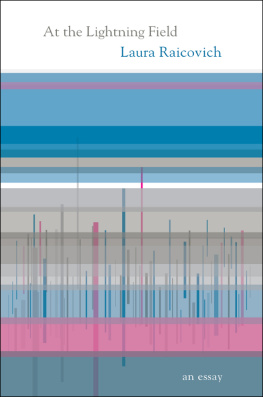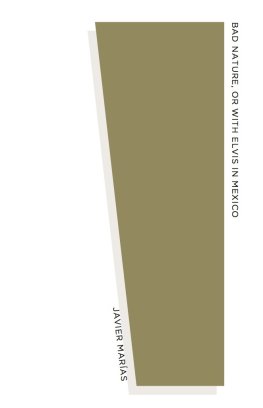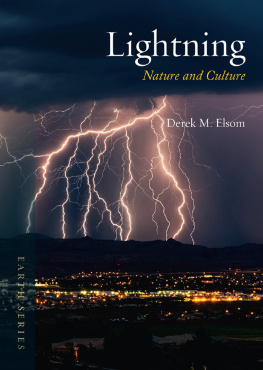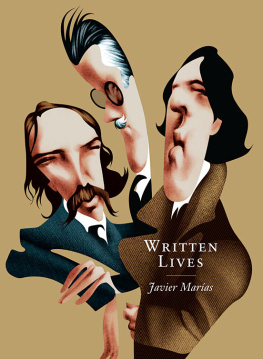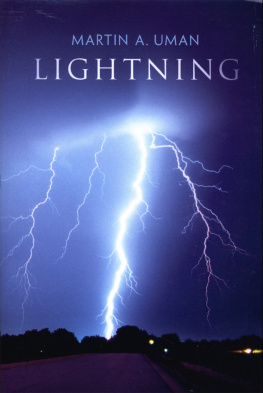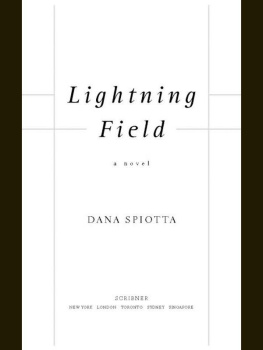Booksellers on
At the Lightning Field A slim but powerful primer on viewership,
At the Lightning Field is as enlightening as it is pleasurable to read. Laura Raicovich is in the business of complicating what it means to engage with a work of art, and as she describes her exploration of
The Lightning Field she draws on the wide-ranging influences that informed her experience, situating the work within a rich matrix of natural, scientific, and cultural activators. Generous and nimbly wrought,
At the Lightning Field is a model for what rigorous engagement with art should entail. KATHARINE SOLHEIM, UNABRIDGED BOOKSTORE Laura Raicovichs
At the Lightning Field is a beautiful and striking meditative essay on art, memory, time, and space. The lines on the page dance and, just as the lightning poles on that plateau in New Mexico do, vary in length in order to create an even plane in both space and mind. The rhythm that this pattern instills in the reader fosters an almost mystical quality in the writing that leaves an indelible impact on the mind.
This repetitive pattern will urge you to, no, demand that you devour this essay at once. She says, Permanence: Begin with permanence (a slippery conceptdespite its will to be otherwiseand inextricably tied to time). Permanence makes me look more closely, notice details, large and small, that define moments as they accumulate. That is beautiful. This was a truly pleasurable read. MATT KELIHER, SUBTEXT BOOKS

Copyright 2017 by Laura Raicovich Cover design by Dont Look Now! Book design by Connie Kuhnz Author photograph Michael Angelo for Wonderland Coffee House Press books are available to the trade through our primary distributor, Consortium Book Sales & Distribution, .
Coffee House Press is a nonprofit literary publishing house. Support from private foundations, corporate giving programs, government programs, and generous individuals helps make the publication of our books possible. We gratefully acknowledge their support in detail in the back of this book. LIBRARY OF CONGRESS CATALOGING-IN-PUBLICATION DATA Names: Raicovich, Laura, 1973 author. Title: At the Lightning Field / Laura Raicovich. | Includes bibliographical references. | Includes bibliographical references.
Identifiers: LCCN 2016039378 | ISBN 9781566894661 (paperback) | ISBN 9781566894753 (eBook) Subjects: LCSH: De Maria, Walter, 19352013. Lightning field. | De Maria, Walter, 19352013Criticism and interpretation. | Earthworks (Art)New Mexico. | BISAC: ART / Criticism & Theory. | NATURE / Essays. | LITERARY COLLECTIONS / Essays. | LITERARY COLLECTIONS / Essays.
Classification: LCC N6537.D432 A68 2017 | DDC 709.2DC23 LC record available at https://lccn.loc.gov/2016039378 PRINTED IN THE UNITED STATES OF AMERICA 24 23 22 21 20 19 18 17 1 2 3 4 5 6 7 8
Table of Contents
Guide
At the Lightning Field Walter De Marias
The Lightning Field is composed of four hundred stainless steel poles positioned 220 feet apart. The site, in the desert of central New Mexico, was selected for its flatness, high lightning activity and isolation and is bounded on the east, west, and south by ridges of distant mountains. The sharply pointed poles demarcate a grid one mile by one kilometer and six meters. The poles: two inches in diameter, average height 20.62 feet, shortest measuring 15.07 feet, tallest 26.72 feet. Variations in height accommodate variations in topography. The tips of the rods are calibrated such that they could evenly support an imaginary sheet of glass.
Walter De Maria completed The Lightning Field on October 31, 1977. It is in the collection of Dia Art Foundation, which is charged with its maintenance and protection. I worked at Dia from early 2002 to late 2011, and over this near decade, I visited many times, including in October 2003, July 2004, June 2006, and July 2008. The artwork confounded me and revealed thoughts about time, space, duration, and light. In this book, I recount my experiences at The Lightning Field. Reconstituting past experience relies on a process of forgetting and transformation that, by chance or design, evolves in the course of remembering. Visit I: October 18 and 19, 2003 Visitors to The Lightning Field are required to stay overnight at a small cabin just north of the grid of poles. Visit I: October 18 and 19, 2003 Visitors to The Lightning Field are required to stay overnight at a small cabin just north of the grid of poles.
I would have stayed longer, I thought. Four friends joined me on my first visit (the cabin can accommodate six). We arrived via Albuquerque and drove several hours to a small town called Quemado. Quemado is remote, the drive aggressive in its austere beauty. We took the longer route through the El Malpais National Conservation Area. North of the road, rocks jut into the massive sky, and an expanse of desert stretches to the south, topped by ancient black lava flows, out of which grow gnarled pion trees.
The town seemed improbably empty, dusty, and shuttered when we arrived, and we left the car parked in front of a strand of low adobe buildings. Robert Weathers, The Lightning Fields caretaker since its completion, met us at the visitors office and drove us to the field. Robert is not a man to mince words or to use them often. He is tall, slim, and weathered, and Roberts age is difficult to discern. He is a cowboy. He wears a silver belt buckle on his jeans; a prize from his rodeo days.
He grazes a herd of cattle on the land surrounding the field. Raised in nearby Pie Town, he often silently listens to Waylon Jennings as he speeds a Suburban on the dirt roads to and from The Lightning Field. We arrived just after midday, the sun at its highest. Clear sky. The poles were ephemeral barely visible as the suns midday rays skimmed down the vertical shafts. I thought, Theres not much out there.
The sky was the biggest thing, then the desert. It was difficult to discern scale and distance. The horizon could have been ten miles or one thousand miles away. After the density of the horizonless city, where sky grazes buildings rather than kissing the earth, any distance seemed possible. We abandoned our gear in the cabin and headed into the field of poles. Circumambulation seemed a logical starting point.
We headed west and began to understand what distance meant. Moments before, the poles were willowy, evanescent, almost not there. Their material, machine-made quality contrasted with the unruliness of natures variations in the landscape. The low-slung brush was bleached out sage green, gray brown; dull-yellow anthills contributed a variegated topography (pay attention, dont trip). Above, quickly moving cumulus clouds. These were variables, the poles constant.
Close up, the steel poles stretched toward the sky, most over three times my height, poking sharp tips into the blue above, knitting dusty earth to sky. They form a grid. Four hundred poles arranged orthogonally, their alignment as precise as their cool, smooth surfaces. Circumambulating The Lightning Field, I walked the perimeter, the edge between the landscape and steel. As I walked, time distended and contracted as the poles went from rigid regularity to a seemingly haphazard arrangement and back again. Looking into The Lightning Field, the farthest poles were toothpicks at an incalculable distance.
Poles aligned with their siblings along northsouth and eastwest axes, then a few steps on disappeared, subsequently expanding into a less regular arrangement, and again forming a pattern: Tall (close) Medium (distant) Medium (more distant) Short (farthest) Medium (closer) Medium (closer) Tall (closest) And repeating again, again. I flattened my vision to see them on the same plane, like a bar graph representing an unknown trend. Steps farther on revealed a jumble, then back to the axial arrangement, ordered and comprehensible. Entering the field of poles, I encountered the same phenomenon, surrounded. The grid flipped back and forth between regular alignments and seemingly chaotic configurations. Now the grid clear and simple, then disorder, next the pattern of the short and tall poles that defined the expanse of the grid, disorder again, and the grid, and so on.

